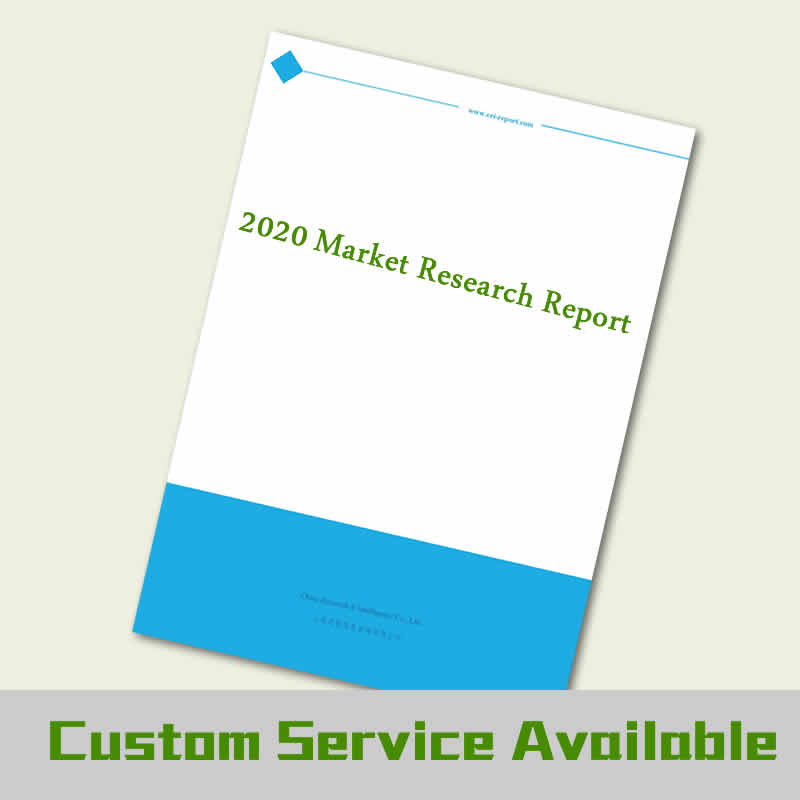Description
Market Overview
This report anticipates the Motion control products market to surpass USD XX Billion by 2030, which is valued at XX billion in 2019 at a compound annual growth rate of XX%. The growth of the motion monitoring market is driven primarily by increased use of advanced and automated processes for factory automation. Due to easier use and integration of components within motion control systems, the adopting of motion control has been increased.
Motion control products Market: Segments
Global market has been segmented on the basis of axis type and by product type. It has been further segmented on the basis of region into North America, Europe, Asia-Pacific, Mid East and Africa.
By Axis type (in %), global Motion control products Market, 2019
The multi axis motion controllers segment generated the largest revenue and volume in 2019
Global Motion control products Market is segmented by axis type into multi axis, and single motion controller
Due to the demand for additional or external power source from the applications, the single axis motion control segment is anticipated to be showing a slow growth during the prediction period. On the contrary, with the use of centralized power units, the multi-axis motion controls provide extremely low power consumption.
Global Motion control products Market: Drivers and Restraints
Drivers
• High Demand in APAC region
The adoption and demand for motion controllers in the APAC Region (Asia-Pacific) is one of the factors expected to fuel multi-axis Motion Controller market development. The demand for multiaccess movement control systems is growing at a fast pace, particularly in the machine tools segment, since machines for industrial applications are increasingly being operated electrically or electrically.
Restraints
• High Cost
The market growth is restrained by high maintenance and replacement cost of motion control systems. The rise in labor cost increased machine complexity and industrial restructuring are the main reasons that hinder the growth of the market.
Global Motion control products Market: Regions
Asia Pacific was the largest market accounting for XX% of total market volume share in 2019
The region’s main driver for economic growth, which is expected to support the development of the motion control industry over the forecasts, is steady growth in end-use industries like semiconductors, electronics, foodstuffs and beverages.
Asia is a region rich in raw materials, labor and land which are available at an affordable price. Therefore, key players in the multiaxis motion controller market are prepared to make major manufacturing investments in the Asian region
Asia Pacific: China, Japan, India, and Rest of Asia Pacific
Europe: Germany, the UK, France, and Rest of Europe
North America: The US, Mexico, and Canada
Latin America: Brazil and Rest of Latin America
Middle East & Africa: GCC Countries and Rest of Middle East & Africa
Global Motion control products Market: Key Players
• Yaskawa Electric
o Company Overview
o Business Strategy
o Key Product Offerings
o Financial Performance
o Key Performance Indicators
o Risk Analysis
o Recent Development
o Regional Presence
o SWOT Analysis
• Schneider Electric
• Parker Hannifin
• GalilMC.
• Aerotech
• ACS Motion Control
• Delta Motion
• Siemens
• ABB
• Mitsubishi Electric
The global Motion control products market report also contains analysis on:
• Motion control products Market Segments:
o By product type:
PLC-based
standalone motion controllers
PC based motion controllers
o By Axis type:
multi axis
single motion controller
• Motion control products Market Dynamics
• Motion control products Market Size
• Supply & Demand
• Current Trends/Issues/Challenges
• Competition & Companies Involved in the Market
• Value Chain of the Market
• Market Drivers and Restraints


